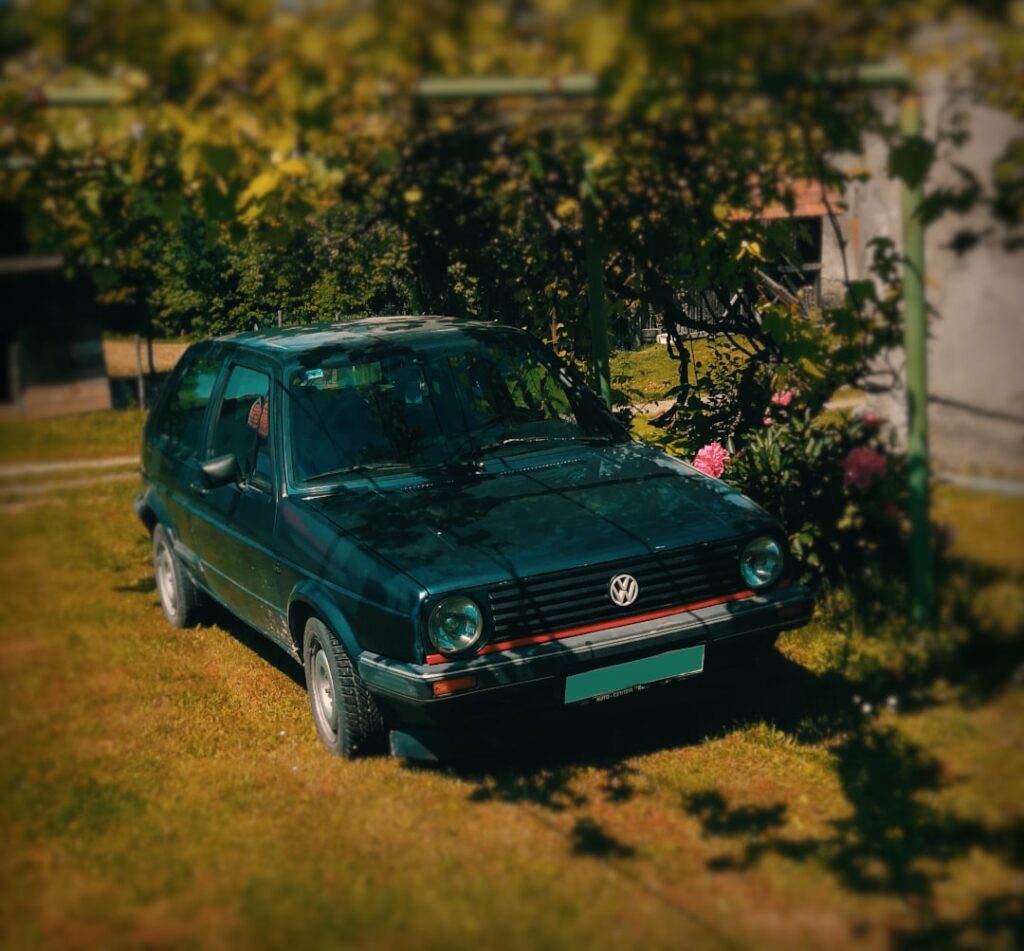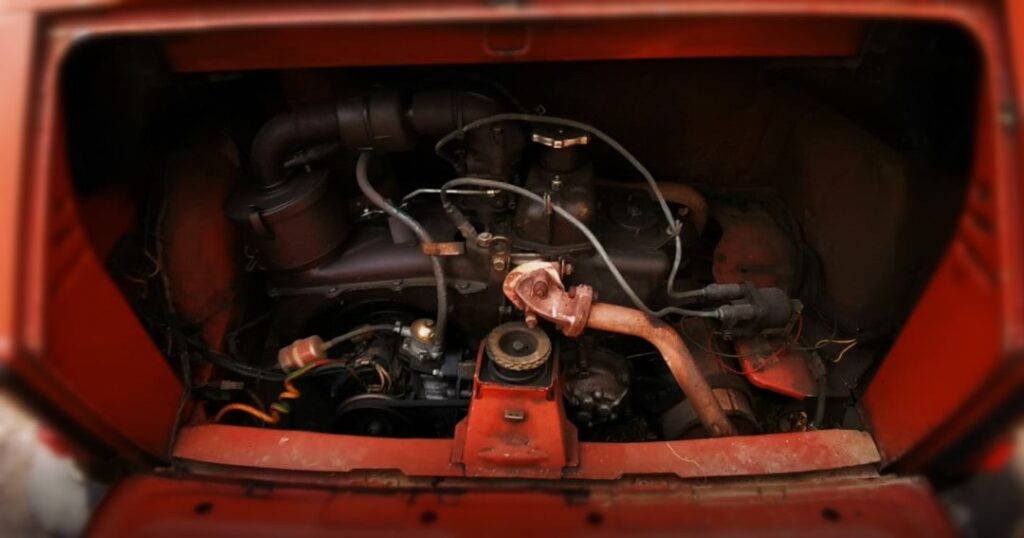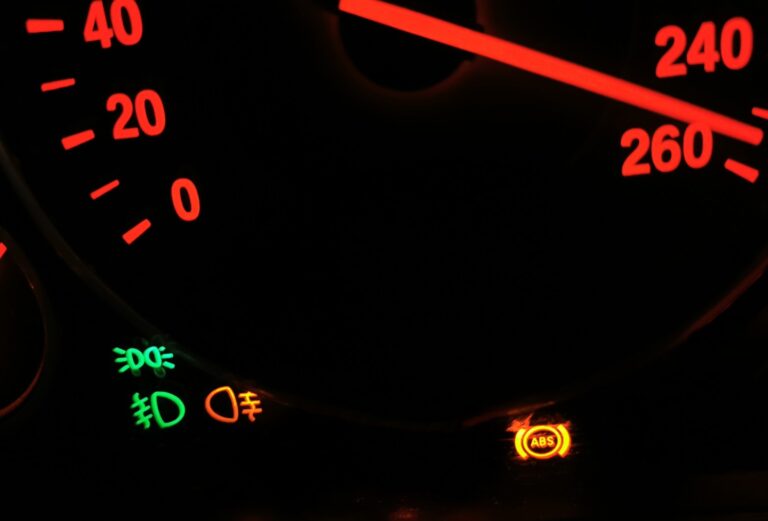
Classic Car Import Austria
NOVA, Customs & Taxes
Classic cars enjoy more favorable import conditions than normal vehicles. However, not every old car is a classic car. There are certain criteria that the vehicle must meet. Whether your imported vehicle is classified as a classic car also affects the customs and import duties as well as the NOVA. In this article, we explain as simply as possible what you need to bear in mind.
- 1) What is considered a "classic car" in Austria?
- 2) Advantages of "classic car" status
- 3) NOVA classic car import (tariff item 9075)
- 4) NOVA for non-vintage car imports (tariff item 8703)
- 5) Customs and import for classic cars (tariff item 9075)
- 6) Customs and import for non-vintage cars (tariff item 8703)
- 7) How loud can a classic car be in Austria?
- 8) Summary
- More Articles
1) What is considered a "classic car" in Austria?
So that the vehicle of the Tariff item 9705 and therefore corresponds to the Classic car" status" in Austria, it must:
The List from the Board of Trustees is updated annually. If the submitted vehicle is not on the list, the advisory board made a recommendation. The simplest method is to contact the KHMOE to be included. On the KHMOE website (www.khmoe.at) for more information on the list and contact details.

Difference between "classic car" and "old car"
The term "classic car" is also used for "historic vehicle" used.
The main Difference between a legally classified "historic motor vehicle" and a "normal old car" is merely the Assignment of the tariff item. To put it simply:
Depending on which tariff item the vehicle falls into and whether it is imported from the EU or a third countrythe customs & import fee is regulated as well as the NOVA. You can find out exactly what you can expect and what you should bear in mind in the following chapters and in the Summary below.
Documents required for the registration of a classic car:
2) Advantages of "classic car" status
The "classic car" status is so prestigious because it means that you Tax and insurance advantages can enjoy. The most relevant advantages are:

3) NOVA classic car import (tariff item 9075)
4) NOVA for non-vintage car imports (tariff item 8703)
You should also note that Cars getting older in the future to be able to avoid the NOVA. For 30-year-old cars (no classic car status), you will therefore have to pay the standard consumption tax as normal from 2022.
These cars then fall under the regulation for the time being "NOVA for vehicles with EZ 1992-2014".
For example in 2027, a normal car that falls under tariff item 8703 (not a classic car) will have to be at least 35 years old (registered before 1992) in order to be exempt from the NOVA.
NOVA for imports from third countries:
With a Non-vintage import (tariff item 8703) from a third country NOVA must be paid. It does not matter how old the vehicle is. The same procedure clearly applies here as for normal vehicles → The Formula from the current year is used.
The car therefore does not fall under the NOVA regulation depending on its year of manufacture (e.g. 1992), but under the regulation of today. As the tax is becoming increasingly expensive, importing a vehicle from a third country is usually not worthwhile.
5) Customs and import for classic cars (tariff item 9075)
Customs and import fee for imports from third countries:
With a "classic car" you must no duty pay. The However, the import fee is 13% of the vehicle value and must be paid at the customs office or the official cash desk.
6) Customs and import for non-vintage cars (tariff item 8703)
Customs and import fee for imports from third countries:
For imports from third countries you must Pay customs and import duty for the car.
See the Calculation example for imports from a third country.
7) How loud can a classic car be in Austria?
A classic car may a maximum noise level of 89 dB(A) have.
Historic motor vehicles therefore enjoy a Grandfathering. In comparison: Normal vehicles today may have a maximum level between 72 dB(A) and 75 dB(A) have.

8) Summary
| Tariff item 9075 | Tariff item 8703 | |
|---|---|---|
| Customs [Import from EU] | No. | No. |
| Customs [Import from third country] | No. | Yes, 10% |
| Import fee [Import from EU] | No. | No. |
| Import fee [Import from third country] | Yes, 13% | Yes, 20% |
| NOVA [Import from EU] | No. | Yes, formula according to EZ of the car, If EZ no NOVA |
| NOVA [Import from third country] | No. | Yes, formula for current year |
More Articles
Car battery faulty? - Clear symptoms & tests
Car battery faulty? Clear symptoms & tests Not sure if your car battery is faulty? Is your car difficult to start or...
ATOTO S8 installation & review | How good is the Android radio?
ATOTO S8 installation & reviewIs the Android radio worth it? In the world of aftermarket car radios, the ATOTO S8 has very quickly...
ABS light on car - Causes, Solutions & Costs
ABS light illuminatesCauses, solutions & costs The ABS light in the car's on-board computer is used to inform the driver of the current anti-lock braking system status....



